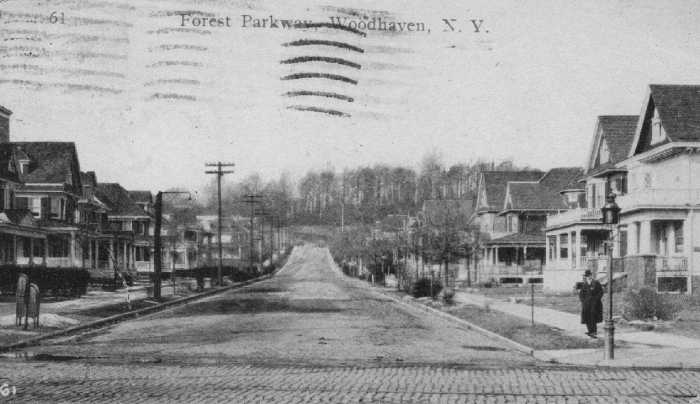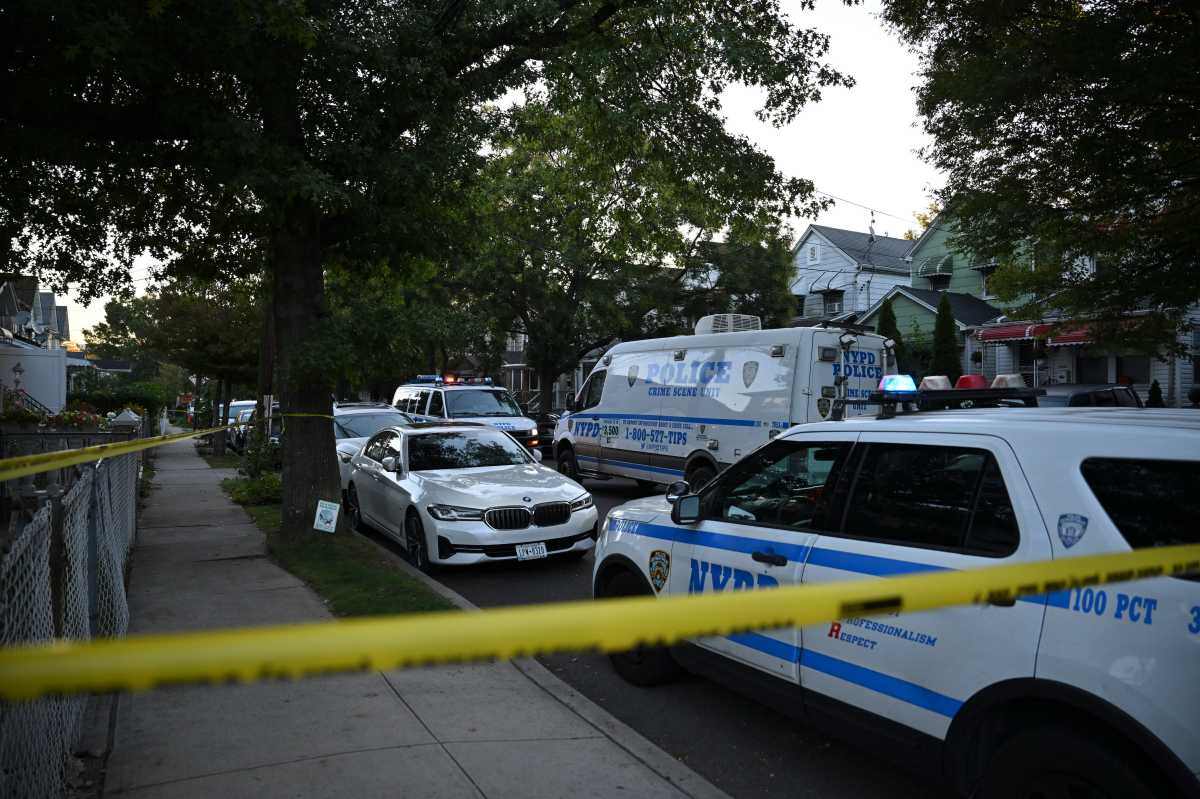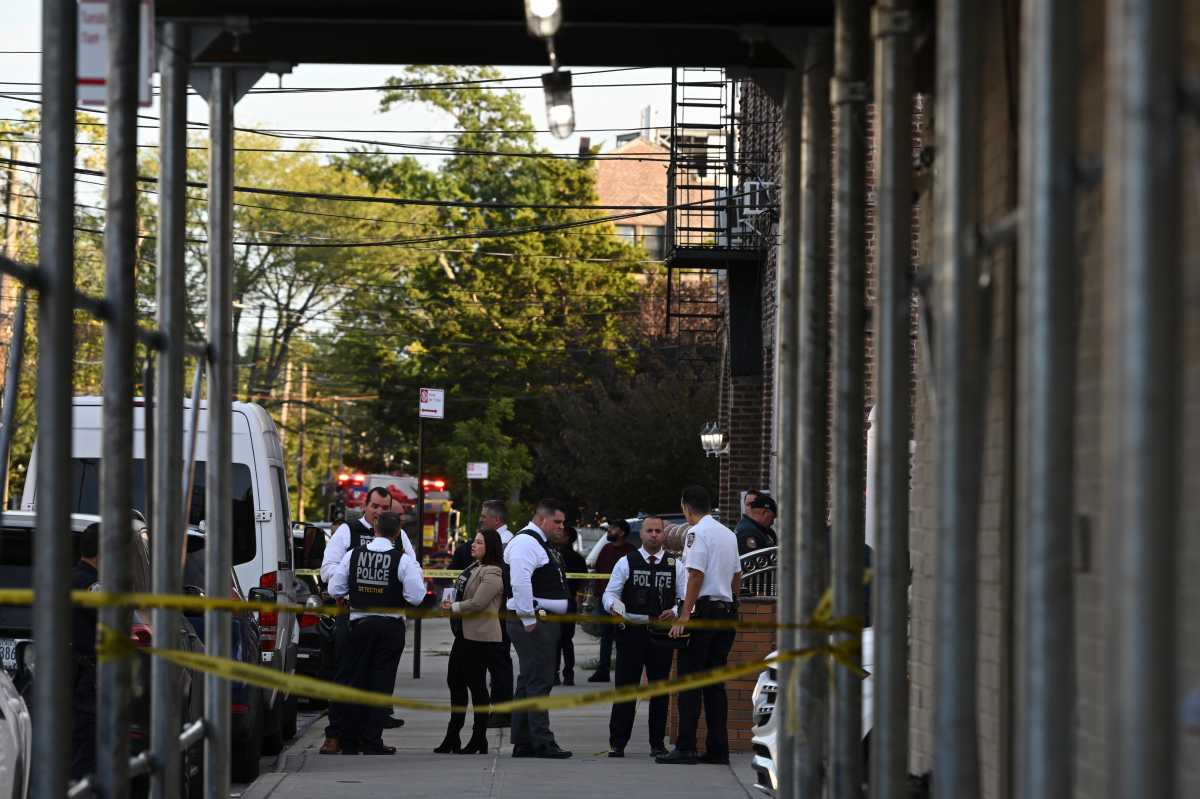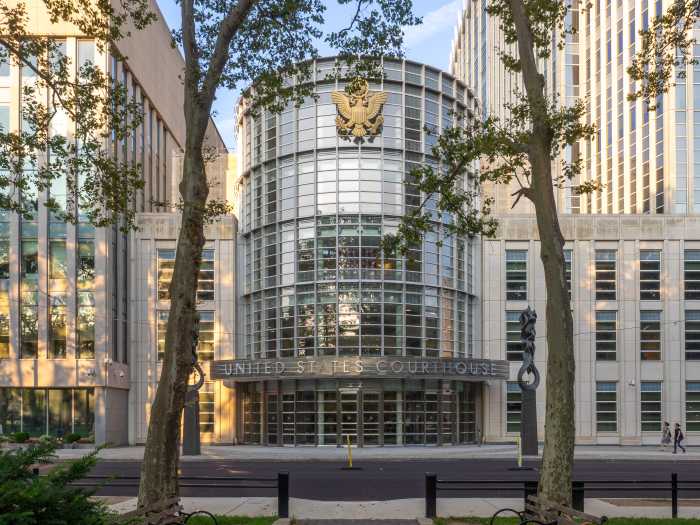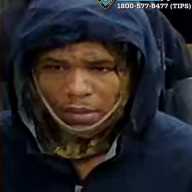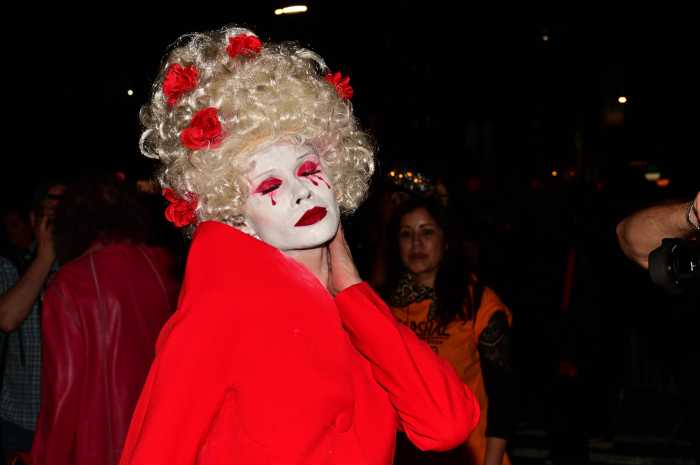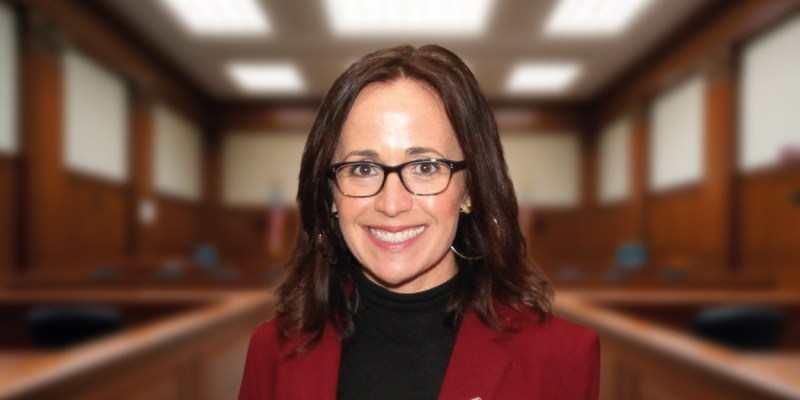By Kenneth Kowald
I read the book many years ago, in college, and I admired it then. I reread it in The Times in July and my admiration was as great, or greater, than it had been before. I wanted to write a column about “The Great Gatsby” and Fitzgerald, but these are Queens newspapers and I needed a local “hook.”Of course, it was there, in plain sight.”The Great Gatsby” takes place in the summer of 1922. The major venue is West Egg, where the narrator, Nick Carraway, lives in a cottage and Jay Gatsby lives in a mansion overlooking the bay, so that he can look across to East Egg. West Egg is Little Neck; East Egg is Great Neck. The important events of the book occur in West Egg and in the area of what is now Flushing Meadows Corona Park, then the Corona Dump, which Fitzgerald called the Valley of the Ashes.”Gatsby” was Fitzgerald's third novel, published in 1925. He had burst upon the literary scene in 1920, with “This Side of Paradise.” Then just 24, he was a very bright literary light.Francis Scott Key Fitzgerald was born in 1896, in the Midwest. After prep school, he attended Princeton, but dropped out to join the Army in World War I. It was during that time in Montgomery, Ala., that he met Zelda Sayre, whom he later married. Fitzgerald died in 1940, alone in a hotel room in New York City.During his heyday, he was known as the chronicler of “The Jazz Age,” the time of Prohibition between World War I and the Great Depression during which, if we are to believe all the stories – many of which Fitzgerald wrote – America was mad about money and illegal alcohol. But the time passed, as did the economic boom, and Fitzgerald's next and last complete novel, after “Gatsby,” was “Tender is the Night,” which did not appear until 1935.It was met with cool reviews, although its status has been heightened over the years. An incomplete work, “The Last Tycoon,” was published after his death and is based on his time in Hollywood, when he tried to make money by writing movie scripts, as did many other well-known authors at the time.Scott and Zelda lived the seemingly glamorous lives he wrote about, but their world disintegrated. From 1930 on, Zelda, a schizophrenic, was in and out of asylums. She dedicated the last 10 years of her life to art, some of which was exhibited this past fall in the Queens Library Gallery in Jamaica. Scott had a severe drinking problem. He wrote many short stories, which appeared in the magazines of the day and in book form later. All his work is worth reading.”The Great Gatsby” is generally considered his masterpiece and one of the finest novels ever written in this country. It is a masterful work, containing little dialogue, but all of it relevant and potent. The writing is spare and elegant. Fitzgerald's insights into the emptiness of much of the life around him are on target and are devastating in the way he tells them. The glitter of The Jazz Age is shown to be fool's gold; the merriment rings hollow.Protagonist Jay Gatsby, once the poor farm boy James Gatz from the Dakotas, who re-invented himself, had been an officer in World War I and had fallen in love with a Southern belle. He went off to fight in France and then after the war was at Oxford University for a short while. When he returned home, he found that Daisy, who had many beaux, had married the wealthy Tom Buchanan and now lived in East Egg with their young child.The mysterious Gatsby – was he a bootlegger or some other kind of criminal? We never really find out – buys a huge mansion in West Egg, from which he can see Daisy's home. He gives lavish, almost non-stop parties, to which the whole world of New York society, arts and sports seems to come. Nick Carraway, also from the Midwest, lives in the cottage next door, and commutes by railroad to Manhattan, where he sells bonds.Gatsby and Daisy meet again and for a while it seems Daisy will give up her Jazz Age life with Tom and return to Gatsby. But she decides otherwise and then tragedy strikes. After a horrible automobile accident along what is certainly Northern Boulevard in Corona, Gatsby is shot dead by the distraught husband of the deceased not knowing that it was Daisy who drove the hit and run car.Daisy and Tom disappear. Nick is left alone until Gatsby's father appears to help with the funeral. They and a minister from Flushing are the only mourners. Those who drank Gatsby's booze and were the recipients of his unlimited bounty are not to be found.That's the basic story line, but Fitzgerald has filled this short but powerful work with brief, effective and poignant insights throughout the novel. At the outset, Nick quotes his father's advice to him: “Whenever you feel like criticizing any one, just remember that all the people in the world haven't had the advantages that you've had.” Throughout the work, there is reference to the seductive qualities of Daisy's voice. At one point, Gatsby tells Nick that when Daisy speaks, the sound of her voice speaks of money.In what becomes his last talk with Gatsby, Nick says of the others who populate the book: “They're a rotten crowd. You're worth the whole damn bunch put together.”Nick notes at the close that Daisy, who is his cousin, and Tom, who was his classmate at Yale, were careless people, that they smashed up things and people and then retreated back into their money and their carelessness and left other people to clean up the mess. Although movies and even a recent opera have been based on “The Great Gatsby,” none has captured the depth of Fitzgerald's examination of a world that may seem far away but is very much part of who and what we are today. They have all lacked the dispassionate sadness for a lost world of innocence that is at the heart of the work.”The Great Gatsby” is a bitter commentary on The Jazz Age and the drift of a rootless American society. Its insights about hypocrisy are as pertinent today as they were in 1925.Only Gatsby emerges as the personification of what we might call the American Dreamer. His quest for beauty and commitment are indicated even in his boyhood, when he sets out lists of self-improvement items to be accomplished. His dream of a life with Daisy is a misplaced one, but it is devastating.In the final pages of the work, when Nick comments on what has gone before, the level of the writing rises to a poetry rarely seen in a work of fiction. The words are a reminder to all of us of the promise of America, or at least of the continuing dream of that promise.We can be grateful, indeed, to The New York Times for reminding us of the debt we owe to one of the great artists of our country, who chose to set his masterwork in our backyard.

